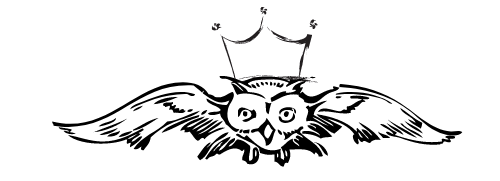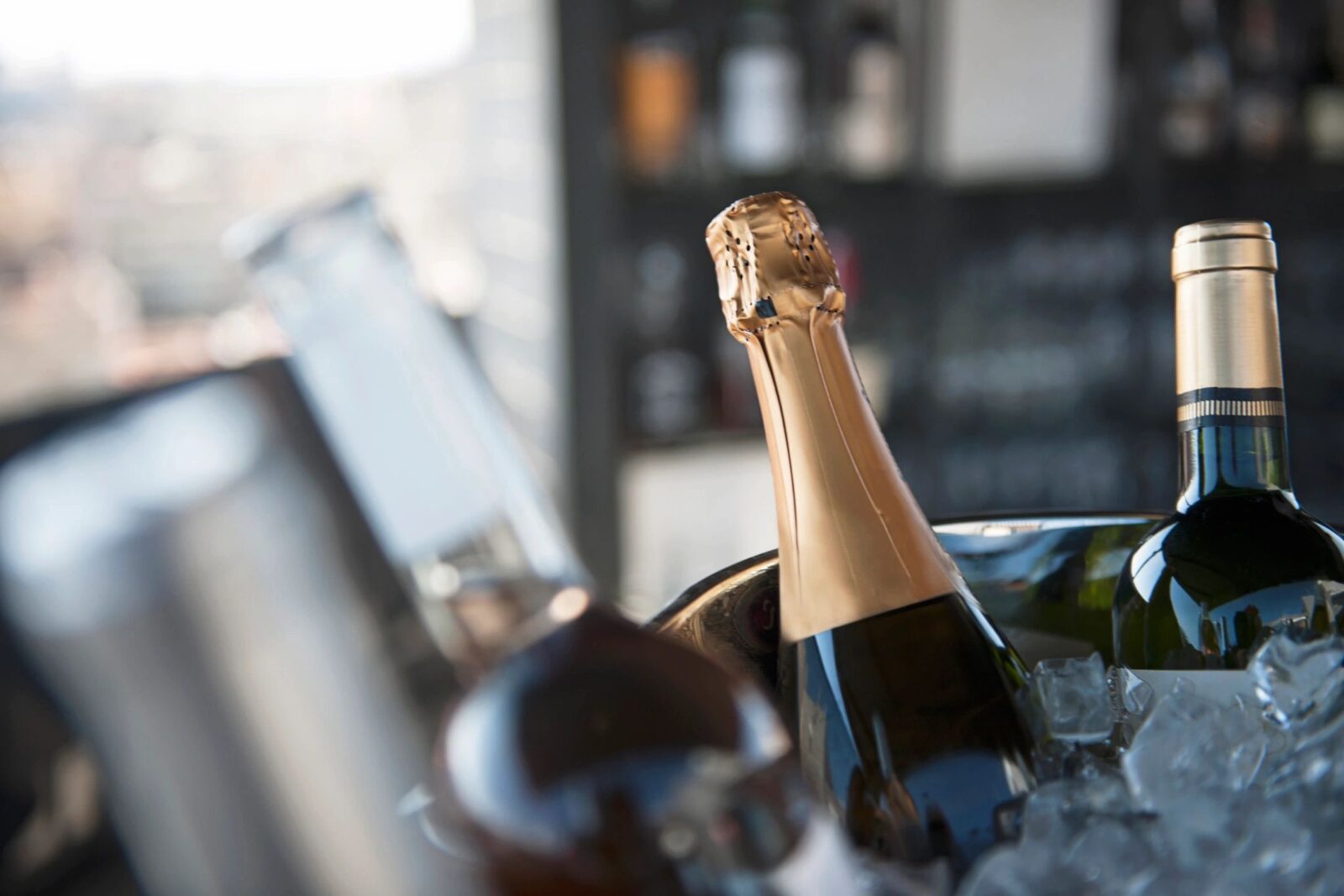Don’t let the bubbles fool you. There are a few main reasons why Champagne should not be confused with sparkling wine. Here’s some advice so you’ll be more informed.
Champagne is champagne because it comes from Champagne, France where it is grown, fermented, and bottled. Champagne is made using Chardonnay, Pinot Noir, and Pinot Meunier grapes.
Champagne charlatans:
Prosecco (made in Italy)
Cava (made in Spain)
Sparkling Wine (made anywhere) is wine with alcohol and bubbles.
About Sparkling Wine
Did you know? Wineries in the US can call any of their sparkling wine “Champagne” if they so choose. America did not sign the US and European Union in 2006 to give France legal protection of the word champagne. So the sparkling wine from California is often called Champagne (eg. Andre or Totts) or California Champagne. In recent years many of the more respectable US wineries have switched their label to read “sparkling wine” (I.E. Chandon). No other country in the world can call their sparkling wine, “Champagne.” Further, not all French sparkling wine is champagne though. Only those from the Champagne region in France can be labeled champagne. Cremant is an example. Made in France, but not champagne. America has vibrant sparkling wines. Our choice: Argyle bubbly from the Wllamette Valley.
Cava vs Prosecco
There are some sparklings that come out of other areas in France that are quite good. But if you can’t find anything French on the menu, stick with the Spanish cavas over the Italian proseccos. Cava is a Spanish sparkling wine, and it is made the same way that Champagne is produced, but with different grapes and more industrialized. Cava is less sweet that prosecco. Prosecco is fruity and sweet. While cavas may taste less nutty than champagne, we prefer it over prosecco.
Champagne Hangovers
As you may know, champagne has a reputation for giving bad hangovers and sugar is one of the culprits that causes hangover headaches. Prevention is key. Even some champagnes add a lot of sugar – avoid the Sec and Demi Sec bottles. Cava is an excellent, inexpensive choice for mimosas and mixing.
Rehydrate. Eat a meal. Enjoy!
Champagne buzzwords
Lastly, here are some key phrases to learn in honor of champagne day.
Blanc de blancs, literally white from whites, is made solely from chardonnay, a white grape, and tends to have great elegance and finesse. It tends to be a pale yellow in the glass.
Champagne is ordinarily a blend of some combination of three grapes. Pinot noir and pinot meunier, are black grapes, ordinarily used to make red wines. One, chardonnay, is a white grape for white wine.
“White from blacks” is a Champagne made only of black grapes, often but not always just pinot noir. It’s more robust than blanc de blancs and much rarer.
Disgorgement
After the wine is fermented and bottled, a little sweetness and yeast are added to the bottle before it is sealed. This starts a second fermentation in the bottle, which produces the carbonation. Before the Champagne is finished, the sediment left by the dead yeast is expelled, or disgorged, from the bottle.
Check the disgorgement Date
Two bottles of nonvintage Champagne, if they are disgorged at different times, will taste like different wines. That’s why more producers are adding the disgorgement date to the back label. The information is especially helpful if the dominant vintage in the blend is also identified, so consumers can know how long the wine aged before disgorgement. Sometimes this information is not on the label but is available by scanning a QR code.
Dosage
Dosage is a form of sweetness. After disgorgement, the Champagne is generally sweetened with sugar a bit before it’s corked to balance the acidity of the wine.
Brut
The amount of the dosage determines how dry the Champagne will be. Brut is the most common designation, indicating a wine that can range from 0 to 12 grams of residual sugar per liter, though nowadays most bruts are 6 to 10 grams.
Extra Brut
Indicates a very dry Champagne, 0 to 6 grams of residual sugar per liter.
Brut Nature
Indicates no dosage, though technically it can have a small amount of up to 3 grams of residual sugar per liter. Synonyms include brut zéro.
Extra Dry
Paradoxically, this indicates a much sweeter Champagne than brut, up to 17 grams residual sugar per liter. Demi-sec is even sweeter.

